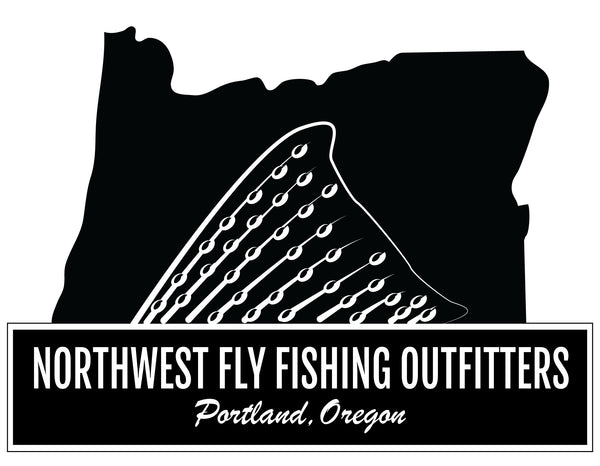Green Drake Hatches: A Complete Guide to Oregon's Most Anticipated Mayfly Event
Understanding the Green Drake Lifecycle

The Western Green Drake (Drunella grandis) has one of the most fascinating lifecycles in the aquatic insect world. These large mayflies are strong crawlers and thus the nymphs are not a major source of a trouts diet in Oregon's rivers, particularly in the Deschutes. However, during their emergance to adulthood, they become highly vulnerable to feeding trout. Emergence typicall occurs, mid-morning to mid-afternoon, and these awkward and slow swimmers are easy pickings for trout.
You need to have these flies in your fly box and ready to go, because when this hatch occurs, nothing else matters. In the rest of this article we aim to bring you up to speed with this amazing hatch.
Timing the Hatch
In Oregon's Deschutes River, Western Green Drake hatches typically occur:
- Primary Season: Late May through June
- Peak Activity: Late June to early July
- Daily Timing: Most active between 2:00 PM and 5:00 PM
- Weather Conditions: Best hatches occur on cloudy, overcast days
Ideal Conditions for Green Drake Hatches
Wondering what type of conditions you may find yourself in for this epic hatch? We've got you covered! Look for these telltale signs and when you are in them, be on the watch for feeding fish and birds!
- Water Temperature: 55-65°F
- Weather: Warm almost muggy overcast or cloudy days
- Water Type: Medium to fast riffles with rocky bottoms
- Time of Day: Late afternoon, particularly during lower light conditions
The Emergence Process

- Nymphal Stage: Active nymphs begin moving toward the surface. They are very strong crawlers and very rarely are a source of food for trout.
- Emergence: Nymphs split their shuck at the water's surface. As they emerge, these slow and weak swimmers become easy pickings for trout.
- Dun Stage: Newly hatched adults (duns) rest on the water while wings dry leaving them vulnerable to eager trout.
- Spinner Stage: Adults mate and return to lay eggs on the water's surface
Fishing Techniques for Green Drake Hatches
Before the Hatch
- Fish weighted nymph patterns in likely holding areas
- Focus on deeper runs and riffles
- Use a two-fly rig with a Green Drake nymph as the point fly
During the Hatch
- Watch for rising fish and their feeding patterns
- Present your fly upstream of rising fish
- Use both dun and emerger patterns
- Keep drag-free drifts over feeding lanes
Spinner Fall
- Focus on evening hours
- Fish spent-wing patterns
- Target calm water areas where spinners collect
Recommended Fly Patterns
- Nymphs: Size 8-10 Green Drake nymphs
- Emergers: Size 10 CDC Emerging Green Drake
- Duns: Size 10 Parachute Green Drake
- Spinners: Size 10-12 Green Drake Spinner

